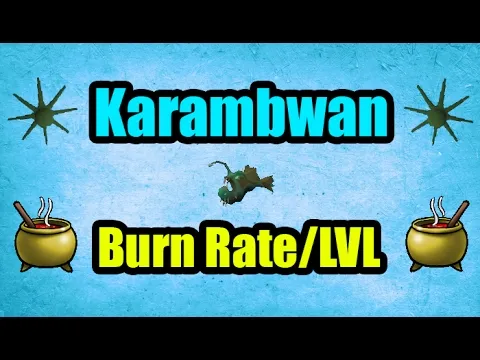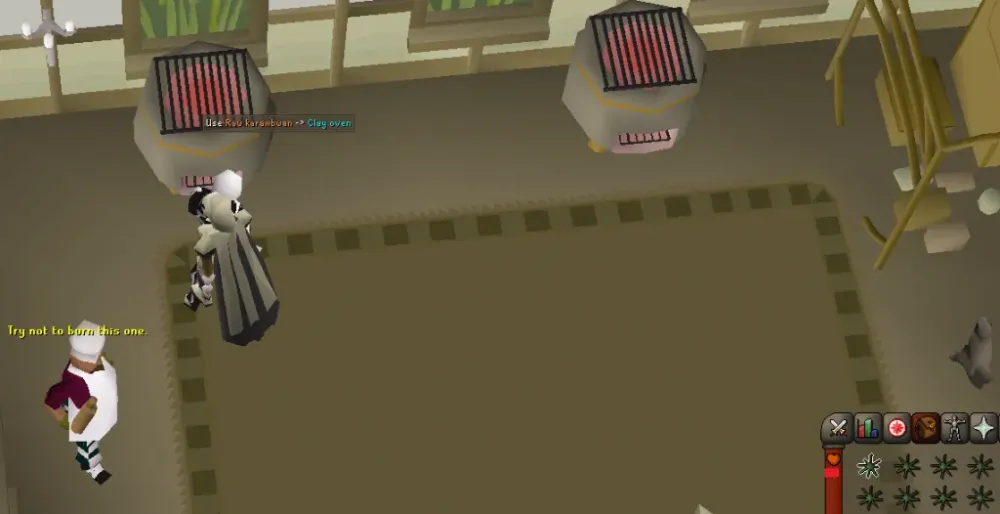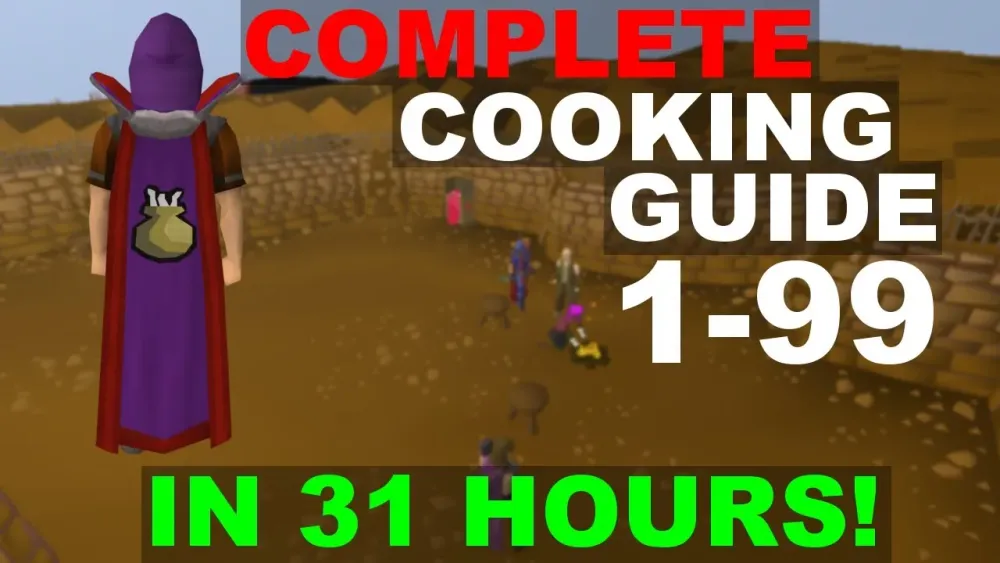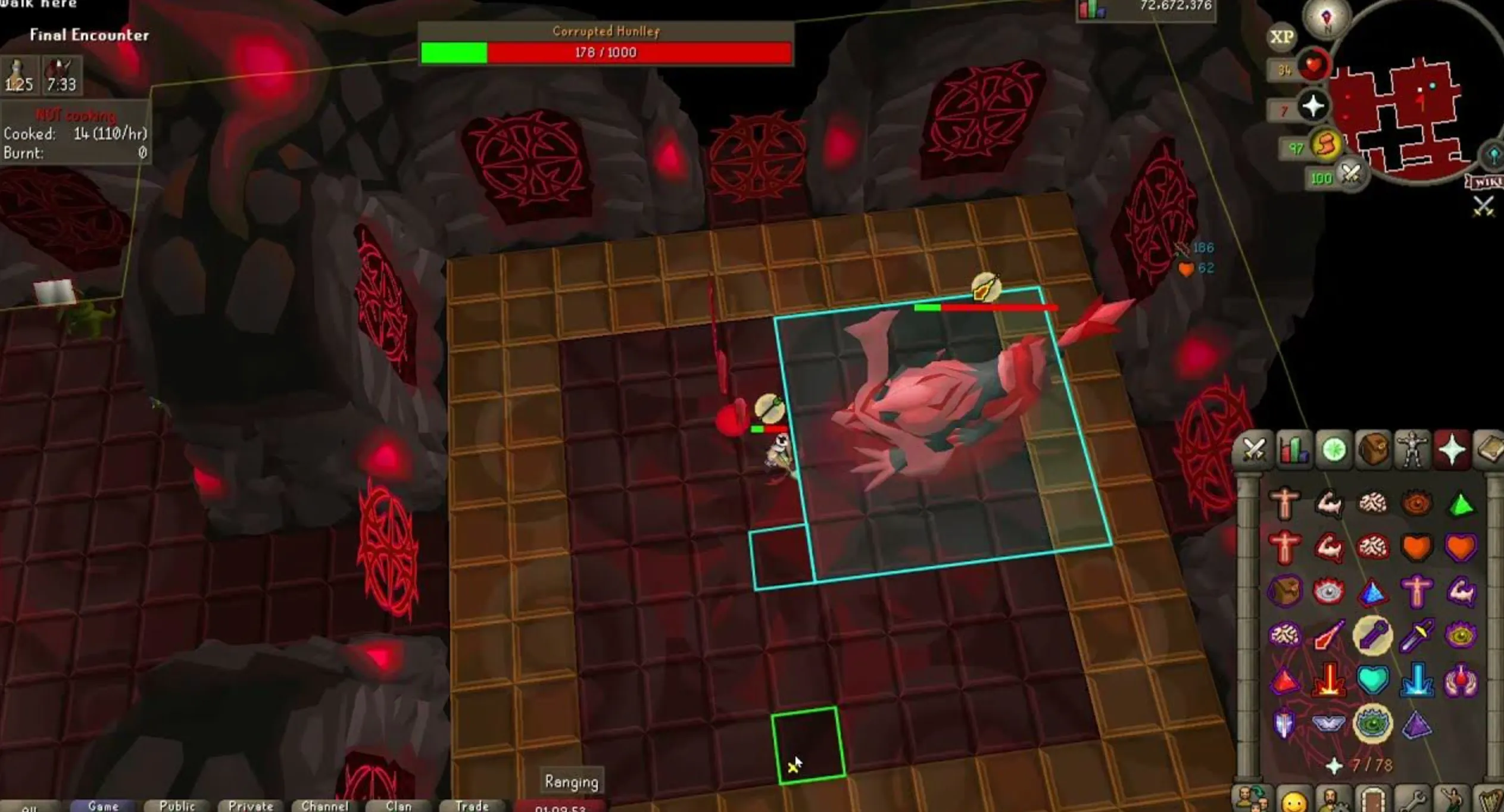Your cart is empty
OSRS Cooking Burn Rates Guide for Efficient Skilling

In Old School RuneScape (OSRS), cooking is one of the most accessible and rewarding skills to train, offering both experience and practical benefits like healing food. However, one of the biggest challenges players face is managing burn rates—the chance of ruining food while cooking. This comprehensive guide dives into everything you need to know about OSRS cooking burn rates, including how they work, factors that influence them, and strategies to minimize waste for maximum efficiency.
Burn rates determine the likelihood of food being burnt when cooked on a fire or range, resulting in no experience gained and wasted resources. The higher your Cooking level, the lower the chance of burning food, but other factors like equipment, cooking locations, and specific items also play a significant role. Mastering burn rates is key to optimizing your Cooking training, especially for Ironmen or players aiming to save gold.
How Burn Rates Are Calculated
Burn rates in OSRS don’t follow a publicly disclosed formula, but they’re influenced by several variables:
- Cooking Level: Your current level compared to the food’s required level.
- Cooking Source: Ranges reduce burn rates compared to open fires.
- Equipment: Items like Cooking Gauntlets lower burn chances for specific foods.
- Location Bonuses: Special ranges, like those in Hosidius, offer burn rate reductions.
The chance of burning decreases as you level up, eventually reaching zero at specific “no-burn” levels, which vary by food and setup.
Why Burn Rates Matter
Burning food wastes time, resources, and potential profits, especially when training with expensive items like sharks or anglerfish. For Ironmen, who rely on self-gathered materials, minimizing burns is crucial. Understanding burn rates helps you choose the right food and location to balance experience, cost, and efficiency.
Factors That Reduce Burn Rates

Several in-game mechanics and items can significantly lower your chances of burning food. Leveraging these tools can save you thousands of gold and hours of frustration.
Cooking Gauntlets
Obtained from the Family Crest quest, Cooking Gauntlets are a must-have for serious cooks. They reduce burn rates for specific fish: lobsters, swordfish, monkfish, sharks, and anglerfish. For example, without gauntlets, you stop burning lobsters at level 74, but with them, it’s level 64. This makes them essential for mid-to-high-level training.
Hosidius Kitchen Bonus
The Hosidius Kitchen, accessible after gaining 100% Hosidius favor, offers a 5% increased success rate when cooking, which rises to 10% after completing the Elite Kourend & Kebos Diary (requires level 84 Cooking, boostable). This bonus applies to all foods, making Hosidius one of the best places to train.
Lumbridge Castle Range
After completing the Cook’s Assistant quest, you gain access to the Cook-o-matic 100 range in Lumbridge Castle. It reduces burn rates for low-level foods like shrimp, sardines, and trout, making it ideal for early training. However, its benefits are limited to specific items, unlike Hosidius.
Cooking Cape
At level 99 Cooking, equipping the Cooking Cape ensures you never burn food, regardless of the item or location. This perk is a game-changer for high-level players cooking valuable foods like anglerfish for profit or Ironman accounts.
No-Burn Levels for Popular Foods

Each food in OSRS has a specific Cooking level at which you stop burning it entirely, assuming optimal conditions (e.g., using a range, gauntlets, or Hosidius bonuses). Below is a table summarizing no-burn levels for commonly cooked foods, based on data from the OSRS Wiki.
| Food | Base No-Burn Level (Range) | With Cooking Gauntlets | With Hosidius (10%) |
|---|---|---|---|
| Lobster | 74 | 64 | 68 |
| Swordfish | 86 | 81 | 80 |
| Monkfish | 92 | 90 | 86 |
| Shark | 99 | 94 | 89 |
| Anglerfish | 99 | 98 | 93 |
| Karambwan | 99 | N/A (No effect) | 93 |
Note: Cooking Gauntlets don’t affect karambwans, so Hosidius or tick manipulation is your best bet for them. Always check current Grand Exchange prices before bulk

